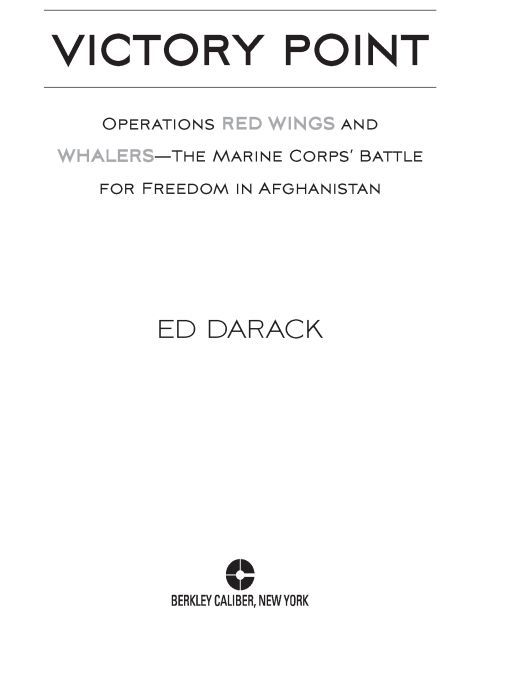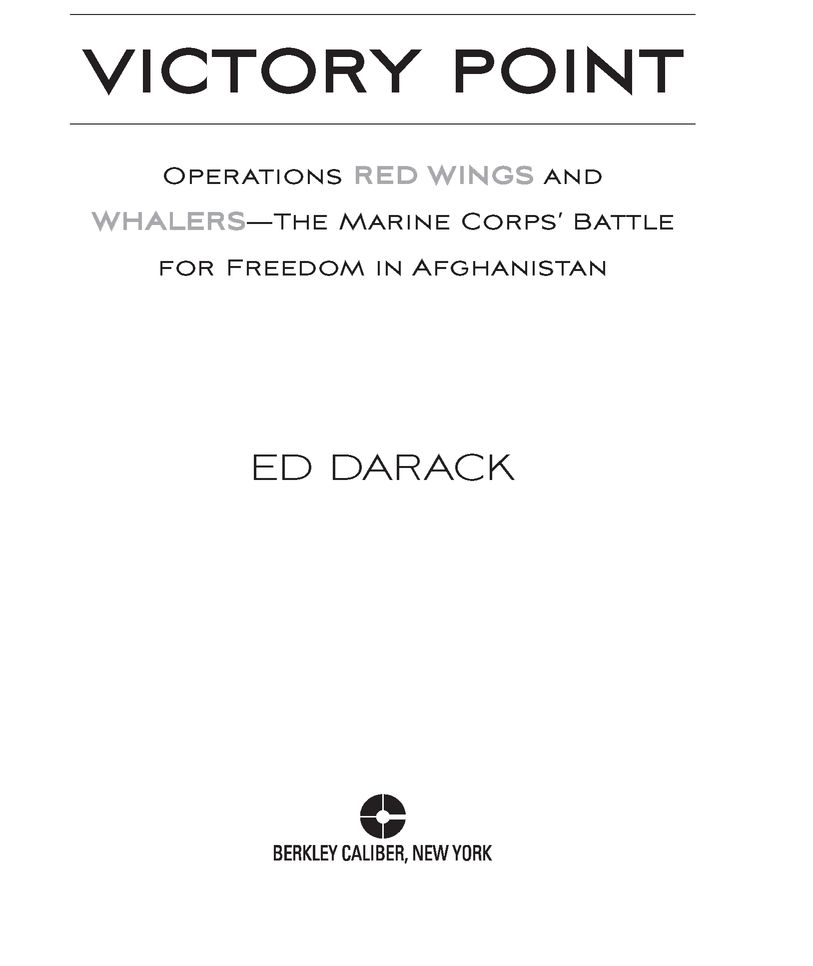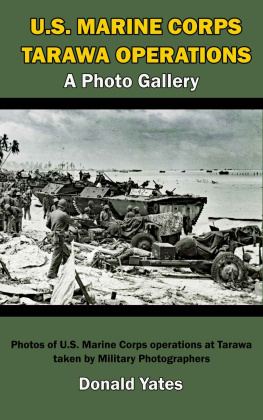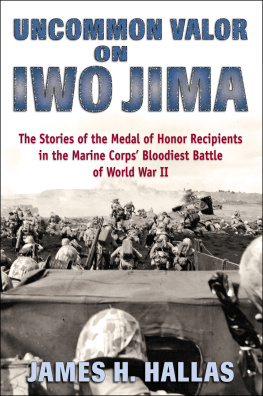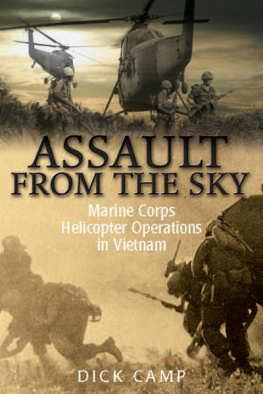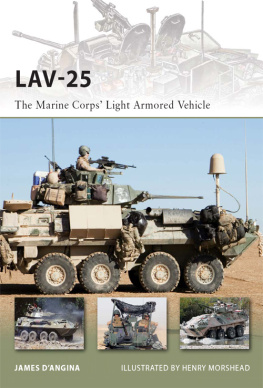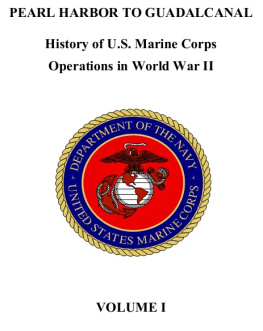Table of Contents
Most Berkley Caliber Books are available at special quantity discounts for bulk purchases for sales promotions, premiums, fund-raising, or educational use. Special books, or book excerpts, can also be created to fit specific needs.
For details, write: Special Markets, The Berkley Publishing Group, 375 Hudson Street, New York, New York 10014.
To the Marines of and the entire Fleet.
Past, present, and future.
PREFACE
Afghanistan. The name alone evokes visions of adventure and exploration in uncharted mountains, mystery and intrigue in a land traversed by historys crossroads, and above all, war in the breathless heights. A landlocked country, Afghanistan lies in a zone of cultural transition and geographic upheaval. From empty swaths of sun-beaten desert on its southwestern border with Iran, Afghanistans landscape vaults into ice-hewn mountains in its northeast, encompassing a broad spectrum of climates and topographies between the two extremes.
Culturally, Afghanistan reveals itself to be a patchwork of humanity, a medley of tribes organized loosely within a variety of ethnic groups. Political boundaries are arbitrary to people in most areas of Afghanistan; what delineates regional boundaries here are ridgelines and valleys, with villages stitched together by meandering trails beaten into the sides of airy slopes.
And while most all of Afghanistanboth its people and landscapesepitomizes the notion of ruggedness, the eastern Kunar province, that rarely visited and little-known pocket of the infamous Hindu Kush, can arguably claim the title as the most austere, the least tamed. The first bullets of the insurgency that would burgeon into the anti-Soviet resistance were fired here in the late seventies. Osama bin Laden was known to operate terrorist training camps in the Kunar and likely ordered the September 11, 2001, attacks against the United States in this province. And into the summer of 2005, the most fearsome of Islamic fundamentalist fighters operated in the Kunar.
At the core of this restive province stands a massif cloaked to the outside world by the very brutal landscape of which it is part, a mountain called Sawtalo Sar. The peak, one of the highest in this cloud-raked landscape, lies in the Pech River Valley region of the Kunar, just west of the frontier town of Asadabad. A number of valleys radiate from and around Sawtalo Sar, valleys such as the Korangal, the Shuryek, the Narang, and the Chowkay. Deeply recessed into the high landscape, the villages, pasturelands, and interconnecting ridges and zigzagging trails of these valleys would become the home of some of the most dedicated, well-trained, and fervent Islamic fighters remaining along the Afghan-Pakistan borderand, for that matter, the world.
As of the summer of 2005, the military forces of the United States had ventured little into the Korangal and Shuryekand never into the upper reaches of the Chowkay. Regional Afghan political officers and even members of the Afghan military dared not enter these forbidding and terrifying places. Locals of these valleysvehement and fierce adherents of their own brands of independencehave historically resisted outsiders gestures, which they perceived as attempts to influence and control their isolated ways of life. However, bold and fervent Islamic groups including al-Qaeda, through payoffs and by manipulating loose familial and tribal ties, infiltrated these secretive aeries. With their observers perched high on the ridges of Sawtalo Sar and surrounding mountainswatching, always watchingthe fighters ambushed convoys of humanitarian aid supplies, assassinated local Afghan police officers, and wreaked havoc on the local government, destroying hopes of a wholly unified Afghanistan through their acts of terrorism.
Then the United States Marine Corps arrived. The Marinesthe go-anywhere, do-any-mission cadre of modest professionals who have proven time and again to be the most effective war-fighting machine in human historywould once again leave their mark, a mark of triumph, as they had done so many times before. The United States Marine Corps are a fully integrated land-sea-air expeditionary combat forcemasters of light infantry maneuver and the combined arms assaultand their culture itself has powered individual Marine units as small as a four-man fire team to surmount even the most overwhelming of oddsin conflicts and battlegrounds of all types and climes, throughout their more than two-centuries-old history.
The success of the Marine Corps, in so many places, throughout so many slices of history, can be traced to the qualities at the very core of their ethos: adaptability, tenacity, and above all else, faithfulnessto their country, to their traditions, and to one another. As maniacally as the Japanese held their ground on Iwo Jima, Marines still raised the flag over Mount Suribachi. As overwhelming a force as the Chinese may have projected at Koreas Chosin Reservoir, the Marines still crushed their advance. And as deeply entrenched and fanatically emboldened as the radical Islamic forces surrounding two Marine Corps platoons in the Chowkay Valley may have been in August of 2005, those Marines still decimated their foe.
Victory Point chronicles Operation Red Wings and Operation Whalers, two Marine Corps missions that, in retrospect, represent not just a series of fierce battles, but a small war: a small war decidedly won by a battalion of Marinesthe Second Battalion of the Third Marine Regiment.
Intent on thwarting the operations of a ruthless Islamic fundamentalist operator who had indirect ties to the highest echelons of regional and global extremist networksincluding al-Qaeda and the remnants of the Talibanthe battalion struck out with their first large-scale mission soon after arriving in eastern Afghanistan: Operation Red Wings. Employing Navy SEALs and a number of other non-Marine Corps assets, Red Wings spiraled into disaster just hours after a Naval Special Operations team inserted high on the slopes of Sawtalo Sar for the opening phase of the operation and fell prey to a horrific ambush. Virtually shut out of both the planning and execution of the rescue mission to save the ill-fated team because of Special Operations Command rules, the Marines stood on the sidelines, frustrated and helpless, as an Army Special Operations Chinook helicopter, loaded with eight Navy and eight Army Special Operations personnel, sped toward Sawtalo Sar, only to be shot down by an expertly placed rocket-propelled grenadethe impact of which killed all on board as the girthy Chinook fell onto the rugged mountain, exploding in a roiling fireball. The leader of the target cell, who called himself Mullah Ismail, but who was born Ahmad Shah, immediately claimed victory over the American infidels. Islamic extremists throughout the globe hailed Shah, who was now responsible for the greatest one-day loss of United States Special Operations Forces personnel in the history of Special Operations Commandas well as the single greatest loss of American troops in the American war in Afghanistan.
Weeks later, after the dust had settled from Red Wings and the Marines had pored over intelligence reports and developed several blueprints for operations, the battalion unleashed Operation

